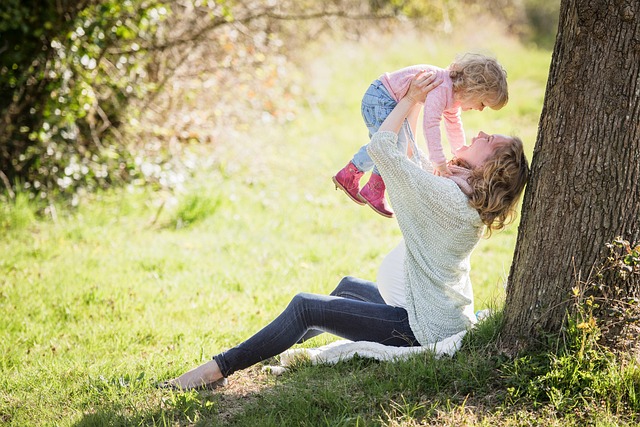Swaddling is a common practice among parents to help soothe their infants to sleep. However, a recent study has raised concerns about its potential link to Sudden Infant Death Syndrome (SIDS), prompting anxiety among caregivers. The research suggests that swaddled infants may face an increased risk of SIDS by approximately one-third, but several key factors, such as age and sleep position, can provide some reassurance to parents.
In this study, researchers analyzed data from 760 confirmed SIDS cases and 1,759 control cases collected over two decades. Consistent with long-standing medical advice, the findings indicate that swaddled infants who sleep on their stomachs or sides are at a heightened risk for SIDS. Alarmingly, about eight percent of babies who succumbed to SIDS were found sleeping on their stomachs, a practice considered unsafe regardless of whether the baby is swaddled.
Moreover, the study notes that the risk of SIDS increases as swaddled infants near six months of age. This correlation may be linked to the child’s developing mobility, as babies typically begin rolling over between four and six months. Dr. Lisa Harper, the lead author of the study, emphasized to the Times: “Once babies start to roll, it’s advisable to stop swaddling.”
It’s crucial to highlight that a limitation of the study was the lack of a standardized definition for swaddling among the cases analyzed. Swaddling can be challenging, and improper techniques might contribute to risks rather than the act of swaddling itself. SIDS remains the leading cause of death for infants under one year old; in 2014, for instance, approximately 1,500 infant deaths were attributed to SIDS according to CDC data. With such alarming statistics, it’s vital for parents to stay informed about safe sleep practices.
The findings reiterate well-established guidelines for infant sleep: babies should be placed on their backs to sleep, without blankets or other obstructions. Dr. Emily Stone, another researcher involved in the study, advised, “The key takeaways are that if your baby is old enough to roll over, they should not be swaddled, and they should avoid sleeping on their stomachs or sides.”
Navigating parenting can be quite challenging, especially with evolving guidelines regarding infant care. While swaddling was once considered a best practice for promoting sleep, its safety is now under scrutiny. It’s important for parents to remain vigilant and adapt their methods as their infants grow. Utilizing safe sleep practices and ensuring proper swaddling techniques can help mitigate risks, allowing caregivers to feel more at ease.
For those interested in exploring options related to home insemination, consider reading our post on the Home Insemination Kit or check out the Intracervical Insemination Syringe Kit for additional resources. For comprehensive information on treating infertility, the ACOG offers excellent guidance.
In summary, while swaddling has been linked to an increased risk of SIDS, understanding the nuances of safe sleep practices, including sleep position and age, is essential for reducing potential dangers. Parents should monitor their babies’ development and adjust swaddling techniques accordingly to ensure a safer sleeping environment.
Keyphrase: Swaddling and SIDS
Tags: [“home insemination kit”, “home insemination syringe”, “self insemination”]
